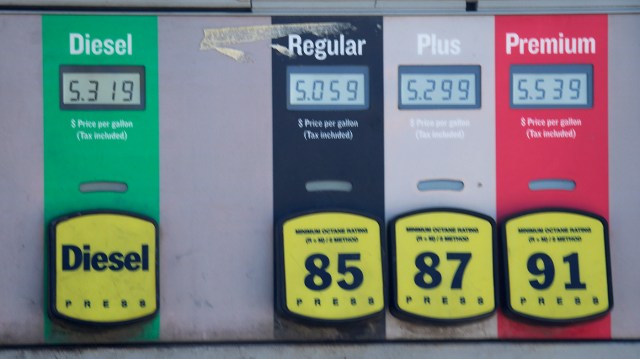Green Light: EPA Clears Year-Round E15 Fuel, Boosting Ethanol Industry's Potential

In a significant policy shift, the Environmental Protection Agency (EPA) announced a groundbreaking decision on Monday to expand ethanol fuel options across the United States. The agency will now permit gasoline blends with a higher percentage of ethanol to be used throughout the entire year, marking a potential game-changer for the renewable fuel industry.
This landmark decision comes on the heels of President Trump's recent energy emergency directive, signaling a new approach to fuel regulations. By removing seasonal restrictions on higher ethanol-blend gasoline, the EPA aims to provide consumers and fuel providers with greater flexibility and potentially reduce dependence on traditional fossil fuels.
The move is expected to have far-reaching implications for agricultural states, particularly those with significant corn production, as ethanol is primarily derived from corn. Supporters argue that this policy could boost domestic energy production, support farmers, and potentially lower fuel costs for consumers.
While the full impact of this policy change remains to be seen, it represents a notable step in the ongoing conversation about renewable energy and transportation fuel alternatives in the United States.
